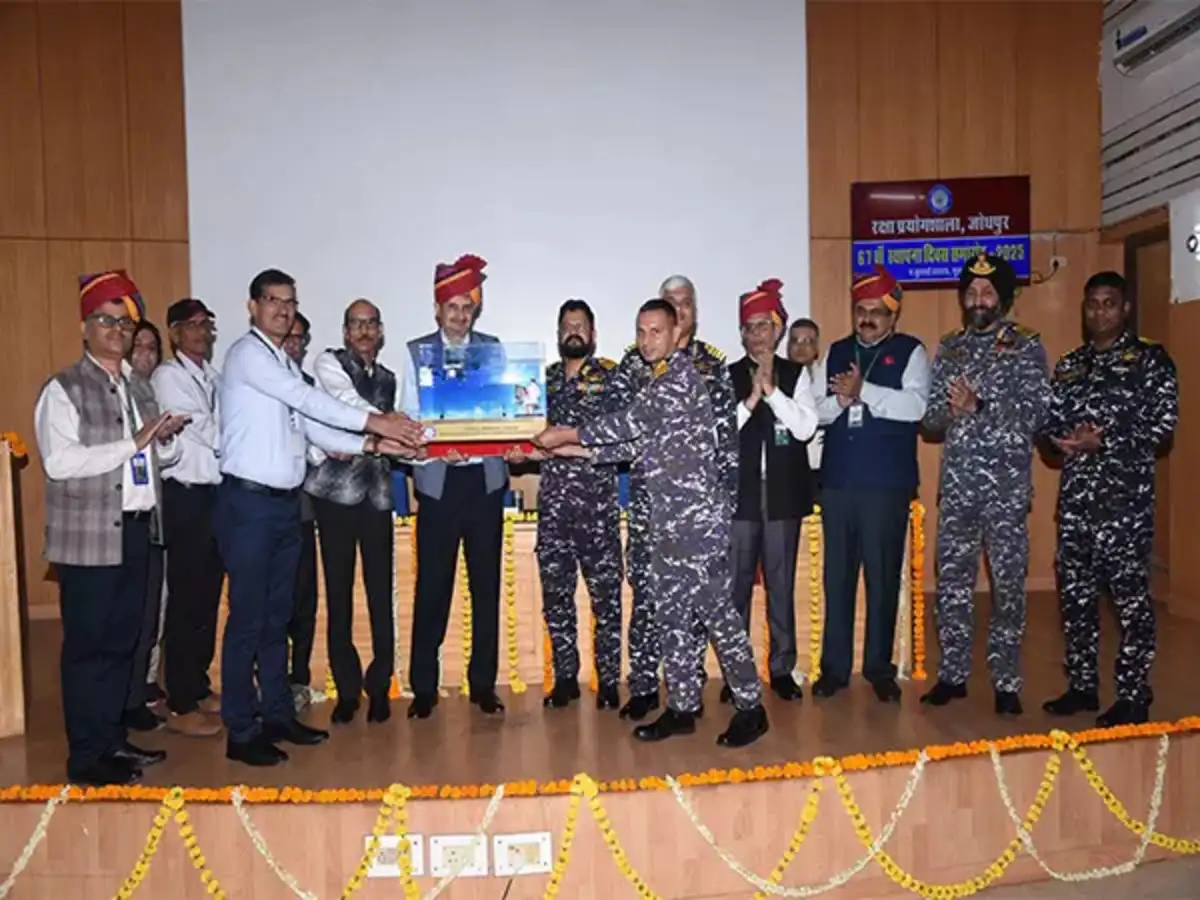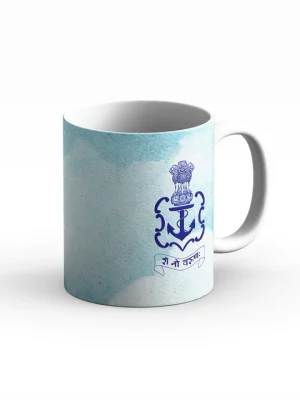In a significant push toward indigenous defence capability, the Defence Research and Development Organisation (DRDO) formally handed over six strategically vital systems to the Indian Navy during a special ceremony held at the Defence Laboratory in Jodhpur. These systems were developed specifically to meet the Naval Staff Qualitative Requirements (NSQR) and mark another milestone in India’s Aatmanirbhar Bharat initiative.
The systems were presented by Dr. Samir V Kamat, Chairman DRDO and Secretary of the Department of Defence R&D, to Rear Admiral Sriram Amur, Assistant Chief of Naval Staff (SSP), Naval Headquarters.
List of Systems Handed Over to the Indian Navy:
- Gamma Radiation Aerial Surveillance System (GRASS)
- Environmental Surveillance Vehicle (ESV)
- Vehicle Radiological Contamination Monitoring System (VRCMS)
- Underwater Gamma Radiation Monitoring System (UGRMS)
- Dirt Extractor and Cross Contamination Monitor (DECCOM)
- Organ Radioactivity Detection System (ORDS)
Each of these six systems has been entirely conceptualised, designed, and developed by DRDO scientists in India. Together, they significantly enhance the Navy’s capacity to detect radiation, monitor environmental contamination, and manage nuclear safety across multiple domains — land, air, and underwater.
“These cutting-edge systems represent our commitment to indigenization and are tailor-made to meet the evolving operational needs of the Indian Navy,” said a DRDO official during the event.
Radiation Safety Across Terrains
The suite of systems covers a broad spectrum of monitoring needs:
- GRASS and ESV provide airborne and terrestrial radiation surveillance respectively.
- VRCMS and UGRMS cater to ground-based and underwater radiological contamination checks.
- DECCOM and ORDS are designed for preventing cross-contamination and assessing internal exposure to radioactivity in personnel or casualties.
Recent Success in Missile Technology
The handover comes shortly after DRDO’s successful flight test of the indigenous Astra Beyond Visual Range Air-to-Air Missile (BVRAAM) from a Su-30MKI aircraft on June 11. Two test launches using an indigenous Radio Frequency (RF) seeker achieved direct hits on high-speed aerial targets, validating the missile system’s precision and reliability. The RF seeker, entirely developed by DRDO, performed flawlessly.
The Astra missile, with a strike range exceeding 100 kilometers, incorporates an advanced guidance and navigation system. It is the result of extensive collaboration involving over 50 public and private sector firms, including Hindustan Aeronautics Limited (HAL).
Strengthening Naval and Aerial Defence
With the Indian Navy gaining access to new radiation detection systems and the Indian Air Force validating advanced indigenous missile technology, the developments highlight the country’s continued commitment to self-reliance in critical defense domains. The dual progress in naval and aerial capabilities demonstrates India’s growing ability to meet complex security challenges with homegrown solutions.













